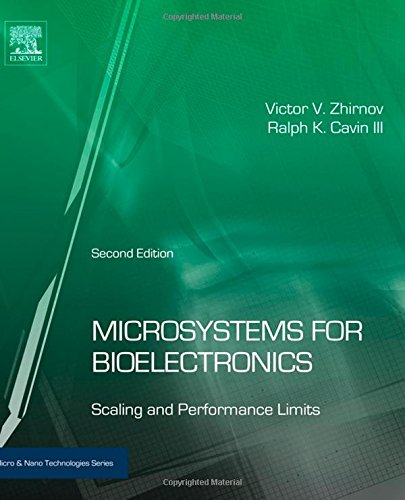

Most ebook files are in PDF format, so you can easily read them using various software such as Foxit Reader or directly on the Google Chrome browser.
Some ebook files are released by publishers in other formats such as .awz, .mobi, .epub, .fb2, etc. You may need to install specific software to read these formats on mobile/PC, such as Calibre.
Please read the tutorial at this link: https://ebookbell.com/faq
We offer FREE conversion to the popular formats you request; however, this may take some time. Therefore, right after payment, please email us, and we will try to provide the service as quickly as possible.
For some exceptional file formats or broken links (if any), please refrain from opening any disputes. Instead, email us first, and we will try to assist within a maximum of 6 hours.
EbookBell Team

4.7
26 reviewsThe advances in microsystems offer new opportunities and capabilities to develop systems for biomedical applications, such as diagnostics and therapy. There is a need for a comprehensive treatment of microsystems and in particular for an understanding of performance limits associated with the shrinking scale of microsystems. The new edition of Microsystems for Bioelectronics addresses those needs and represents a major revision, expansion and advancement of the previous edition.
This book considers physical principles and trends in extremely scaled autonomous microsystems such as integrated intelligent sensor systems, with a focus on energy minimization. It explores the implications of energy minimization on device and system architecture. It further details behavior of electronic components and its implications on system-level scaling and performance limits. In particular, fundamental scaling limits for energy sourcing, sensing, memory, computation and communication subsystems are developed and new applications such as optical, magnetic and mechanical sensors are presented.
The new edition of this well-proven book with its unique focus and interdisciplinary approach shows the complexities of the next generation of nanoelectronic microsystems in a simple and illuminating view, and is aimed for a broad audience within the engineering and biomedical community.